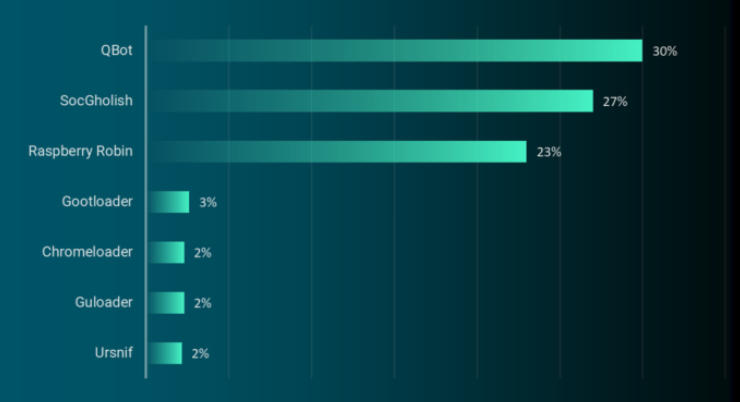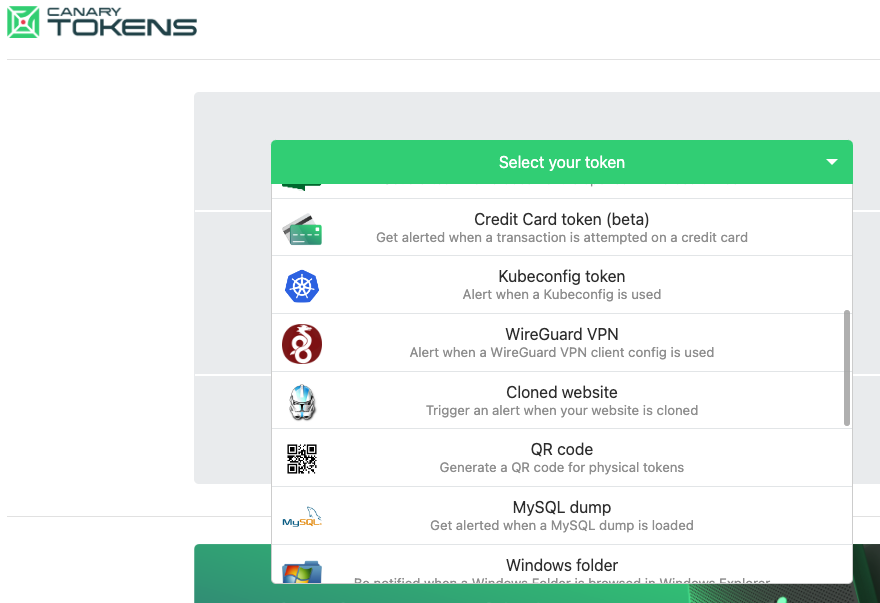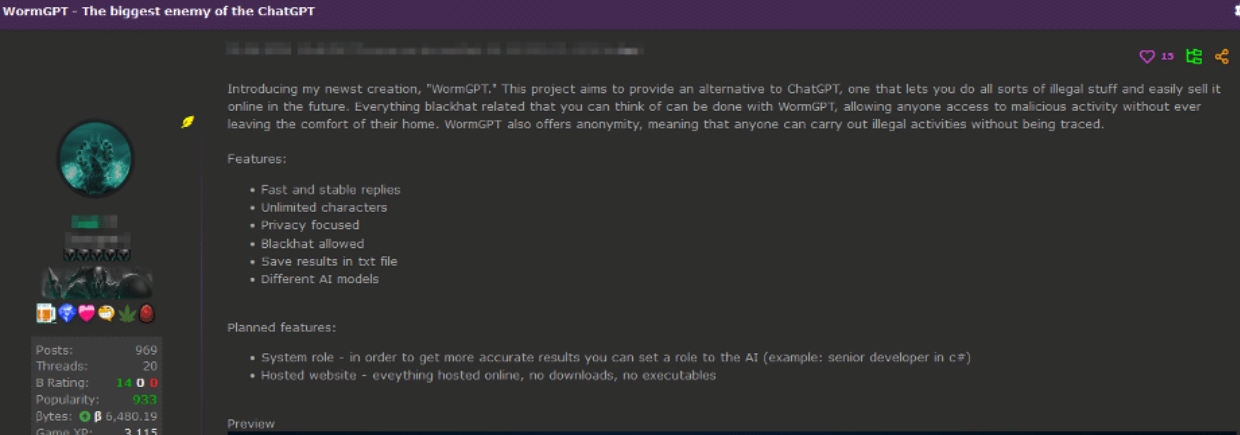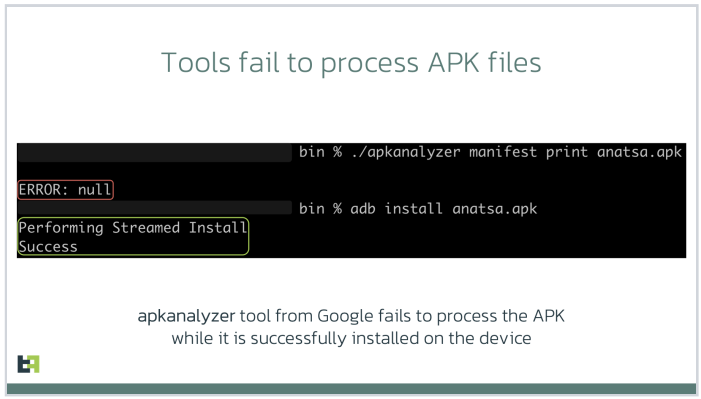
Domain names ending in “.US” — the top-level domain for the United States — are among the most prevalent in phishing scams, new research shows. This is noteworthy because .US is overseen by the U.S. government, which is frequently the target of phishing domains ending in .US. Also, .US domains are only supposed to be available to U.S. citizens and to those who can demonstrate that they have a physical presence in the United States.
.US is the “country code top-level domain” or ccTLD of the United States. Most countries have their own ccTLDs: .MX for Mexico, for example, or .CA for Canada. But few other major countries in the world have anywhere near as many phishing domains each year as .US.
That’s according to The Interisle Consulting Group, which gathers phishing data from multiple industry sources and publishes an annual report on the latest trends. Interisle’s newest study examined six million phishing reports between May 1, 2022 and April 30, 2023, and found 30,000 .US phishing domains.
.US is overseen by the National Telecommunications and Information Administration (NTIA), an executive branch agency of the U.S. Department of Commerce. However, NTIA currently contracts out the management of the .US domain to GoDaddy, by far the world’s largest domain registrar.
Under NTIA regulations, the administrator of the .US registry must take certain steps to verify that their customers actually reside in the United States, or own organizations based in the U.S. But Interisle found that whatever GoDaddy was doing to manage that vetting process wasn’t working.
“The .US ‘nexus’ requirement theoretically limits registrations to parties with a national connection, but .US had very high numbers of phishing domains,” Interisle wrote. “This indicates a possible problem with the administration or application of the nexus requirements.”
Dean Marks is emeritus executive director for a group called the Coalition for Online Accountability, which has been critical of the NTIA’s stewardship of .US. Marks says virtually all European Union member state ccTLDs that enforce nexus restrictions also have massively lower levels of abuse due to their policies and oversight.
“Even very large ccTLDs, like .de for Germany — which has a far larger market share of domain name registrations than .US — have very low levels of abuse, including phishing and malware,” Marks told KrebsOnSecurity. “In my view, this situation with .US should not be acceptable to the U.S. government overall, nor to the US public.”
Marks said there are very few phishing domains ever registered in other ccTLDs that also restrict registrations to their citizens, such as .HU (Hungary), .NZ (New Zealand), and .FI (Finland), where a connection to the country, a proof of identity, or evidence of incorporation are required.
“Or .LK (Sri Lanka), where the acceptable use policy includes a ‘lock and suspend’ if domains are reported for suspicious activity,” Marks said. “These ccTLDs make a strong case for validating domain registrants in the interest of public safety.”
Sadly, .US has been a cesspool of phishing activity for many years. As far back as 2018, Interisle found .US domains were the worst in the world for spam, botnet (attack infrastructure for DDOS etc.) and illicit or harmful content. Back then, .US was being operated by a different contractor.
In response to questions from KrebsOnSecurity, GoDaddy said all .US registrants must certify that they meet the NTIA’s nexus requirements. But this appears to be little more than an affirmative response that is already pre-selected for all new registrants.
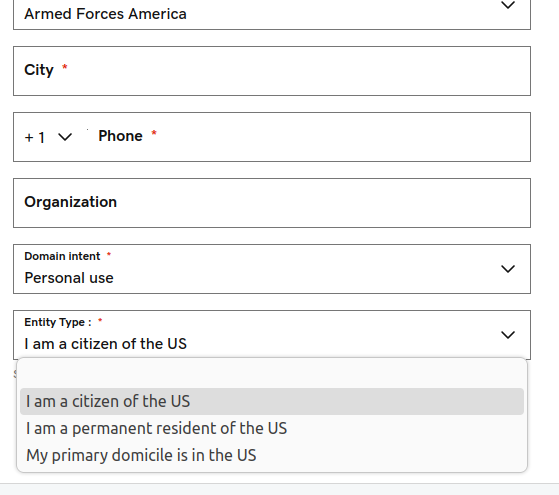
Attempting to register a .US domain through GoDaddy, for example, leads to a U.S. Registration Information page that auto-populates the nexus attestation field with the response, “I am a citizen of the US.” Other options include, “I am a permanent resident of the US,” and “My primary domicile is in the US.” It currently costs just $4.99 to obtain a .US domain through GoDaddy.
GoDaddy said it also conducts a scan of selected registration request information, and conducts “spot checks” on registrant information.
“We conduct regular reviews, per policy, of registration data within the Registry database to determine Nexus compliance with ongoing communications to registrars and registrants,” the company said in a written statement.
GoDaddy says it “is committed to supporting a safer online environment and proactively addressing this issue by assessing it against our own anti-abuse mitigation system.”
“We stand against DNS abuse in any form and maintain multiple systems and protocols to protect all the TLDs we operate,” the statement continued. “We will continue to work with registrars, cybersecurity firms and other stakeholders to make progress with this complex challenge.” Continue reading





